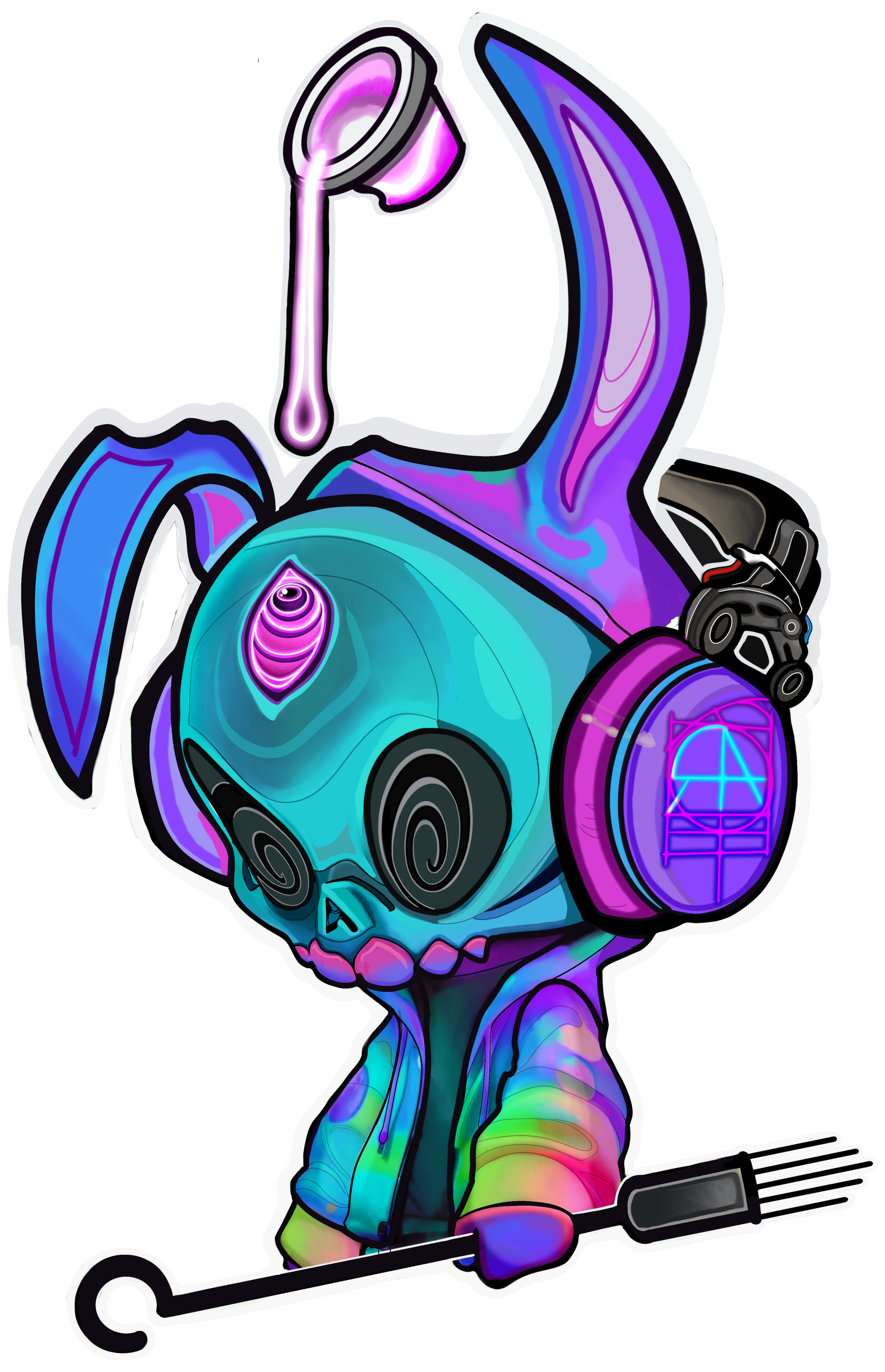"Harmony in Motion: Unveiling the Physics Behind Tattoo Machines"
In the ethereal world where ink meets skin, a silent symphony unfolds, conducted by the tattoo machine—a marvel of engineering and physics that transforms artistic vision into indelible reality. As we embark on this journey to demystify the physics of tattoo machines, we peel back the layers of complexity, revealing the intricate dance between science and art that defines the very essence of tattooing.
The Essence of the Tattoo Machine: An Artistic Conduit
At first glance, a tattoo machine may seem like a mere mechanical device, but in the hands of a skilled artist, it becomes a conduit for artistic expression. Beyond the buzzing coils and humming needles lies a marriage of physics and creativity—a delicate balance that brings tattoos to life.
Coil Machines: The Pulsating Heartbeat of Tattooing
Traditionally, coil machines have been the heartbeat of the tattoo industry. These machines harness electromagnetic principles to drive a reciprocating needle. As the coils rapidly cycle between magnetic fields, they create the rhythmic pulsations that define the tattooing process. This dance of energy conversion—from electrical to mechanical—creates the mesmerizing hum that echoes through tattoo studios.
Rotary Machines: Precision in Revolution
In the evolution of tattooing, rotary machines have emerged as a testament to precision engineering. Unlike their coil counterparts, rotary machines utilize a rotating mechanism to drive the needle. This rotational motion, often powered by a small motor, offers artists unparalleled control and adaptability, making them a preferred choice for intricate designs and fine details.
Needle Dynamics: A Dance of Precision and Depth
The physics of needle dynamics lies at the heart of tattoo machine mechanics. The rapid back-and-forth movement of the needle, driven by the machine, dictates the depth and precision of each tattoo stroke. Artists, akin to skilled choreographers, master the nuances of needle dynamics to create varying line weights, shades, and intricate details.
Electromagnetic Forces: The Magic Behind the Curtain
Central to the operation of coil machines is the captivating interplay of electromagnetic forces. When an electric current flows through the coils, it generates a magnetic field that attracts and repels a metal armature attached to the needle. This magnetic dance propels the needle forward and backward, orchestrating the delicate rhythm of tattooing.
Power Supply: Navigating Voltage and Frequency
The power supply unit serves as the control center for the tattoo machine, dictating the voltage and frequency of the electric current delivered to the coils. Artists carefully adjust these parameters to achieve the desired needle movement and, consequently, the artistic outcome. It's a nuanced dance where the slightest adjustments can make the difference between a bold line and a delicate shade.
Innovation at the Forefront: Magnetic Resonance Imaging (MRI) Machines in Tattooing
In a trend-setting convergence of technology, some tattoo artists are exploring the use of repurposed MRI machines for tattooing. These machines utilize powerful magnets and radiofrequency pulses to create detailed medical images. When adapted for tattooing, they offer a gentler, vibration-free experience for both artists and clients, opening new frontiers in the physics of tattoo machine innovation.
Conclusion: A Symphony of Art and Physics
As we unravel the physics of tattoo machines, it becomes evident that tattooing is more than a visual art form; it's a sensory experience guided by the laws of physics. From the electromagnetic dance of coil machines to the precision revolution of rotary machines, every tattoo machine tells a story—a story of artistic ingenuity and the harmonious interplay between science and creativity. As tattooing continues to evolve, so too does our appreciation for the unseen forces that transform ink into timeless masterpieces.
